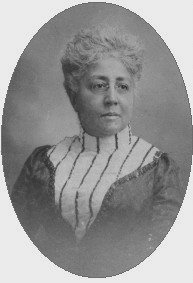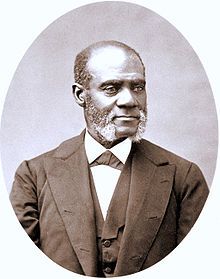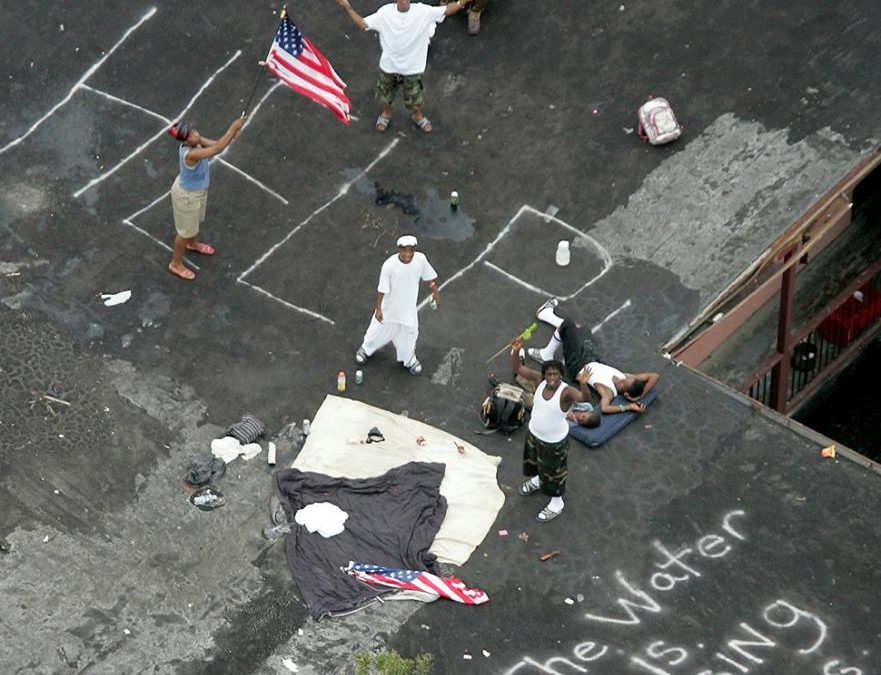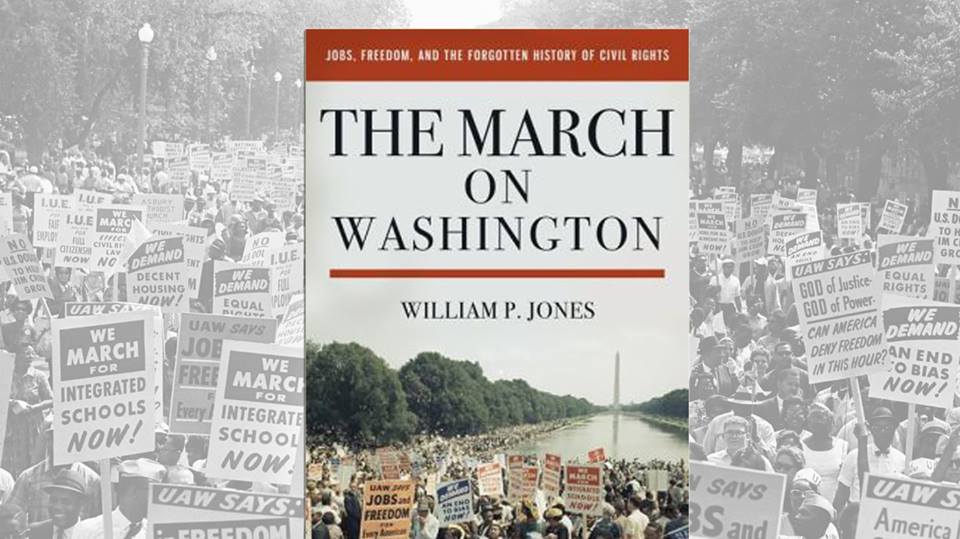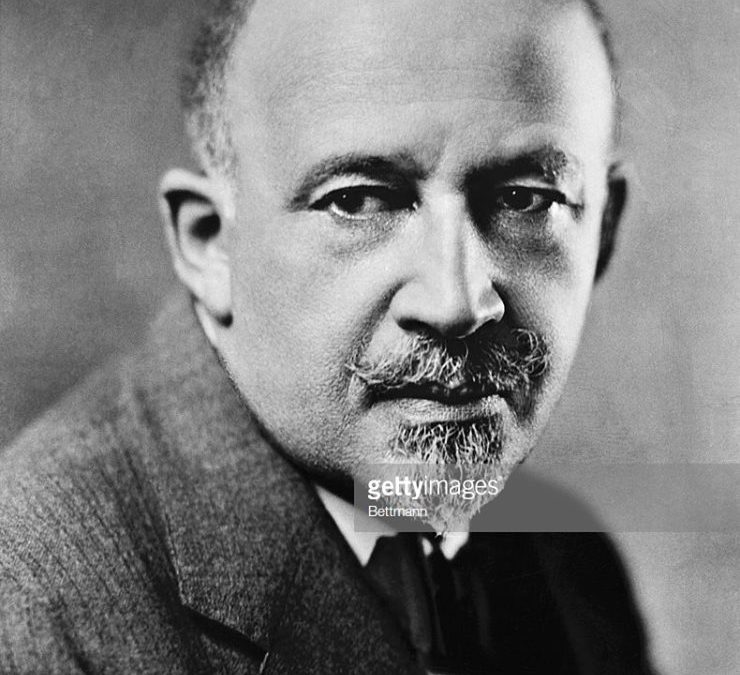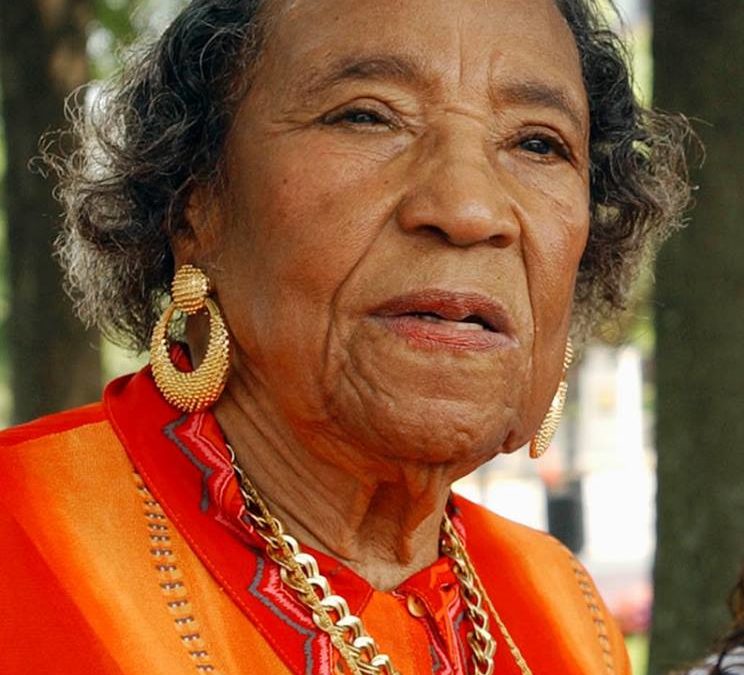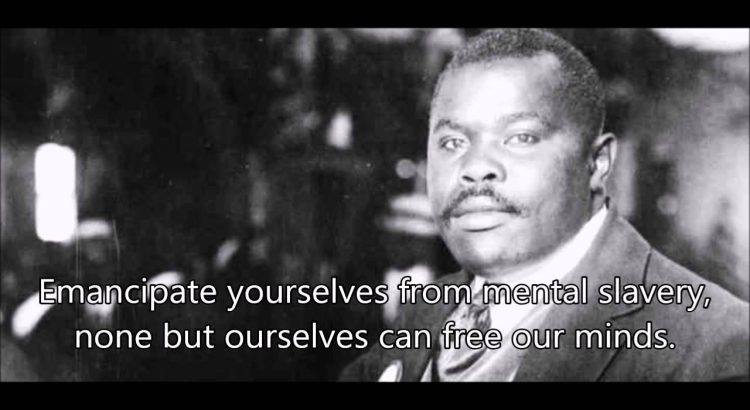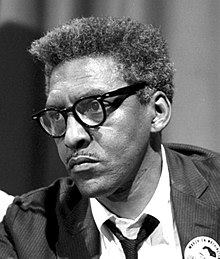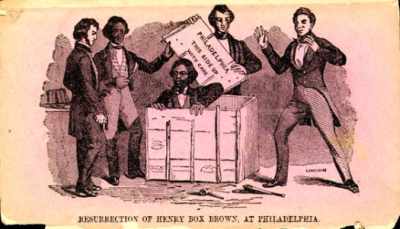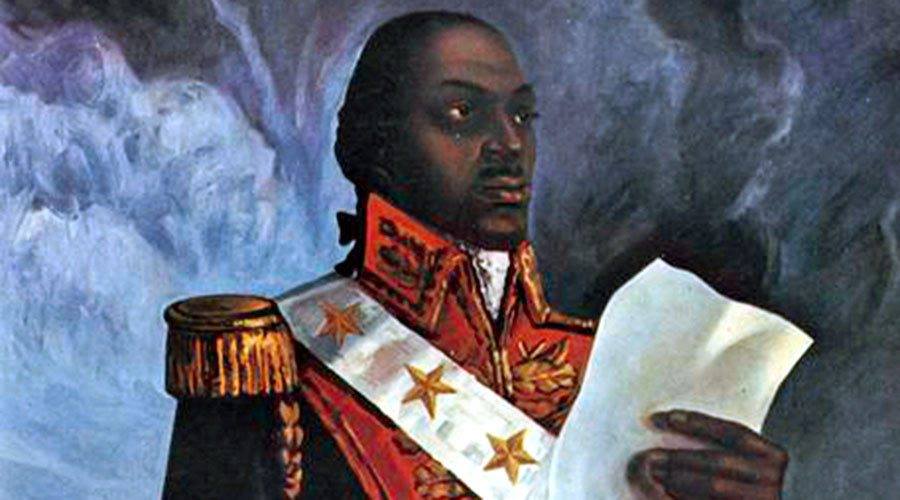GM – FBF – Today I would like to share with you a story about
our government spying, paying off, infiltrating and disbanding individuals or
groups that they deemed as a threat to the American cause. This group operated
unchecked by the media or congress for decades. If you never heard of this ask
one of your elders or research it for yourself. Enjoy!
Remember – “Prevent the RISE OF A “MESSIAH” who could
unify, and electrify, the militant Black Nationalist movement. Malcolm X might
have been such a “messiah;” he is the martyr of the movement today.
Martin Luther King, Stokely Carmichael and Elijah Muhammed all aspire to this
position. Elijah Muhammed is less of a threat because of his age. King could be
a very real contender for this position should he abandon his supposed
“obedience” to “white, liberal doctrines” (nonviolence) and
embrace Black Nationalism. Carmichael has the necessary charisma to be a real
threat in this way.” – J. Edgar Hoover – FBI Director
Today in our History – August 25, 1956 -Centralized operations
under COINTELPRO officially began on August 25, 1956 with a program designed to
“increase factionalism, cause disruption and win defections” inside
the Communist Party USA (CPUSA).
COINTELPRO (Portmanteau derived from COunter INTELligence PROgram)
(1956–1971) was a series of covert, and at times illegal, projects conducted by
the United States Federal Bureau of Investigation (FBI) aimed at surveilling,
infiltrating, discrediting, and disrupting domestic political organizations.
FBI records show that COINTELPRO resources targeted groups and individuals that
the FBI deemed subversive, including the Communist Party USA, anti-Vietnam War
organizers, activists of the civil rights movement or Black Power movement
(e.g. Martin Luther King Jr., Nation of Islam, and the Black Panther Party),
feminist organizations, independence movements (such as Puerto Rican
independence groups like the Young Lords), and a variety of organizations that
were part of the broader New Left.
The program also targeted white supremacist groups including the
Ku Klux Klan and nationalist groups including Irish Republicans and Cuban
exiles. The FBI also financed, armed, and controlled an extreme right-wing
group of former Minutemen, transforming it into a group called the Secret Army
Organization that targeted groups, activists, and leaders involved in the
Anti-War Movement, using both intimidation and violent acts.
Centralized operations under COINTELPRO officially began on
August 25, 1956 with a program designed to “increase factionalism, cause
disruption and win defections” inside the Communist Party USA (CPUSA).
Tactics included anonymous phone calls, IRS audits, and the creation of
documents that would divide the American communist organization internally. An
October 1956 memo from Hoover reclassified the FBI’s ongoing surveillance of
black leaders, including it within COINTELPRO, with the justification that the
movement was infiltrated by communists. In 1956, Hoover sent an open letter
denouncing Dr. T.R.M. Howard, a civil rights leader, surgeon, and wealthy
entrepreneur in Mississippi who had criticized FBI inaction in solving recent
murders of George W. Lee, Emmett Till, and other black people in the South.[30]
When the Southern Christian Leadership Conference (SCLC), an African-American
civil rights organization, was founded in 1957, the FBI began to monitor and
target the group almost immediately, focusing particularly on Bayard Rustin,
Stanley Levison, and eventually Martin Luther King Jr.
The “suicide letter”, that the FBI mailed anonymously
to Martin Luther King Jr. in an attempt to convince him to commit suicide.
After the 1963 March on Washington for Jobs and Freedom, Hoover
singled out King as a major target for COINTELPRO. Under pressure from Hoover
to focus on King, Sullivan wrote:
In the light of King’s powerful demagogic speech. … We must mark him now if
we have not done so before, as the most dangerous Negro of the future in this
nation from the standpoint of communism, the Negro, and national
security.
Soon after, the FBI was systematically bugging King’s home and his hotel rooms,
as they were now aware that King was growing in stature daily as the leader
among leaders of the civil rights movement.
In the mid-1960s, King began publicly criticizing the Bureau for
giving insufficient attention to the use of terrorism by white supremacists.
Hoover responded by publicly calling King the most “notorious liar”
in the United States. IN his 1991 memoir, Washington Post journalist Carl Rowan
asserted that the FBI had sent at least one anonymous letter to King
encouraging him to commit suicide. Historian Taylor Branch documents an
anonymous November 21, 1964 “suicide package” sent by the FBI that
contained audio recordings, which were obtained through tapping King’s phone and
placing bugs throughout various hotel rooms over the past two years was created
two days after the announcement of King’s impending Nobel Peace Prize.
The tape, which was prepared by FBI audio technician John
Matter documented a series of King’s sexual indiscretions combined with a
letter telling him “There is only one way out for you. You better take it
before your filthy, abnormal, fraudulent self is bared to the nation”.
King was subsequently informed that the audio would be released to the media if
he did not acquiesce and commit suicide prior to accepting his Nobel Peace
Award. When King refused to satisfy their coercion tactics, FBI Associate
Director, Cartha D. DeLoach, commenced a media campaign offering the
surveillance transcript to various news organizations including, Newsweek and
Newsday. And even by 1969, as has been noted elsewhere, “[FBI] efforts to
‘expose’ Martin Luther King Jr. had not slackened even though King had been
dead for a year. [The Bureau] furnished ammunition to conservatives to attack
King’s memory, and…tried to block efforts to honor the slain leader.”
During the same period the program also targeted Malcolm X.
While an FBI spokesman has denied that the FBI was “directly”
involved in Malcolm’s murder, it is documented that the Bureau worked to
“widen the rift” between Malcolm and Elijah Muhammad through
infiltration and the “sparking of acrimonious debates within the
organization,” rumor-mongering, and other tactics designed to foster
internal disputes, which ultimately led to Malcolm’s assassination. The FBI
heavily infiltrated Malcolm’s Organization of Afro-American Unity in the final
months of his life. The Pulitzer Prize-winning biography of Malcolm X by
Manning Marable asserts that most of the men who plotted Malcolm’s
assassination were never apprehended and that the full extent of the FBI’s
involvement in his death cannot be known.
Amidst the urban unrest of July–August 1967, the FBI began
“COINTELPRO–BLACK HATE”, which focused on King and the SCLC as well
as the Student Nonviolent Coordinating Committee (SNCC), the Revolutionary
Action Movement (RAM), the Deacons for Defense and Justice, Congress of Racial
Equality (CORE), and the Nation of Islam. BLACK HATE established the Ghetto
Informant Program and instructed 23 FBI offices to “disrupt, misdirect,
discredit, or otherwise neutralize the activities of black nationalist hate
type organizations”.
A March 1968 memo stated the program’s goal was to “prevent
the coalition of militant black nationalist groups”; to “Prevent the
RISE OF A ‘MESSIAH’ who could unify…the militant black nationalist
movement”; “to pinpoint potential troublemakers and neutralize them
before they exercise their potential for violence [against authorities].”;
to “Prevent militant black nationalist groups and leaders from gaining
RESPECTABILITY, by discrediting them to…both the responsible community and to
liberals who have vestiges of sympathy…”; and to “prevent the
long-range GROWTH of militant black organizations, especially among youth.”
Dr. King was said to have potential to be the “messiah” figure,
should he abandon nonviolence and integrationism, and Stokely Carmichael was
noted to have “the necessary charisma to be a real threat in this
way” as he was portrayed as someone who espoused a much more militant
vision of “black power.”
While the FBI was particularly concerned with leaders and
organizers, they did not limit their scope of target to the heads of
organizations. Individuals such as writers were also listed among the targets
of operations.
This program coincided with a broader federal effort to prepare
military responses for urban riots, and began increased collaboration between
the FBI, Central Intelligence Agency, National Security Agency, and the
Department of Defense. The CIA launched its own domestic espionage project in
1967 called Operation CHAOS. A particular target was the Poor People’s
Campaign, a national effort organized by King and the SCLC to occupy
Washington, D.C. The FBI monitored and disrupted the campaign on a national
level, while using targeted smear tactics locally to undermine support for the
march.[49] The Black Panther Party was another targeted organization, wherein
the FBI collaborated to destroy the party from the inside out.
Overall, COINTELPRO encompassed disruption and sabotage of the
Socialist Workers Party (1961), the Ku Klux Klan (1964), the Nation of Islam,
the Black Panther Party (1967), and the entire New Left social/political
movement, which included antiwar, community, and religious groups (1968). A later
investigation by the Senate’s Church Committee (see below) stated that
“COINTELPRO began in 1956, in part because of frustration with Supreme
Court rulings limiting the Government’s power to proceed overtly against
dissident groups …” Official congressional committees and several court
cases have concluded that COINTELPRO operations against communist and socialist
groups exceeded statutory limits on FBI activity and violated constitutional
guarantees of freedom of speech and association.
The program was successfully kept secret until 1971, when the
Citizens’ Commission to Investigate the FBI burgled an FBI field office in
Media, Pennsylvania, took several dossiers, and exposed the program by passing
this material to news agencies.[51] The Fight of the Century between Muhammad
Ali and Joe Frazier provided cover for the activist group to successfully pull
off the burglary; Muhammad Ali was himself a COINTELPRO target due to his
involvement with the Nation of Islam and the anti-war movement. Many news organizations
initially refused to publish the information. Within the year, Director J.
Edgar Hoover declared that the centralized COINTELPRO was over, and that all
future counterintelligence operations would be handled on a case-by-case basis.
Additional documents were revealed in the course of separate
lawsuits filed against the FBI by NBC correspondent Carl Stern, the Socialist
Workers Party, and a number of other groups. In 1976 the Select Committee to
Study Governmental Operations with Respect to Intelligence Activities of the
United States Senate, commonly referred to as the “Church Committee”
for its chairman, Senator Frank Church of Idaho, launched a major investigation
of the FBI and COINTELPRO. Many released documents have been partly, or
entirely, redacted.
The Final Report of the Select Committee castigated the conduct
of the intelligence community in its domestic operations (including COINTELPRO)
in no uncertain terms:
The Committee finds that the domestic activities of the intelligence community at
times violated specific statutory prohibitions and infringed the constitutional
rights of American citizens. The legal questions involved in intelligence
programs were often not considered. On other occasions, they were intentionally
disregarded in the belief that because the programs served the “national
security” the law did not apply. While intelligence officers on occasion
failed to disclose to their superiors programs which were illegal or of
questionable legality, the Committee finds that the most serious breaches of
duty were those of senior officials, who were responsible for controlling
intelligence activities and generally failed to assure compliance with the law.
Many of the techniques used would be intolerable in a democratic
society even if all of the targets had been involved in violent activity, but
COINTELPRO went far beyond that … the Bureau conducted a sophisticated
vigilante operation aimed squarely at preventing the exercise of First
Amendment rights of speech and association, on the theory that preventing the
growth of dangerous groups and the propagation of dangerous ideas would protect
the national security and deter violence.
The Church Committee
documented a history of the FBI exercising political repression as far back as
World War I, through the 1920s, when agents were charged with rounding up
“anarchists, communists, socialists, reformists and revolutionaries”
for deportation. The domestic operations were increased against political and
anti-war groups from 1936 through 1976. Research more about our government
working to keep Black groups, Individuals and entertainers from gaining power.
Share with your babies and make it a champion day!

